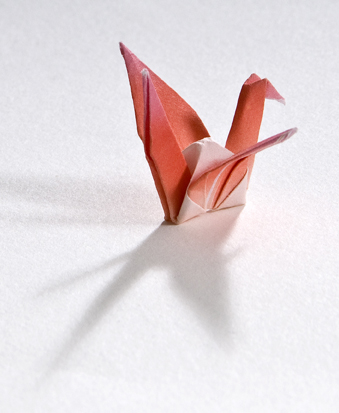Here is a PDF (which can be printed) giving an example of the type of follow up necessary for a long-term survivor of childhood medulloblastoma:
| Investigation |
Important aspects to assess: |
| History |
General:
- Current health, energy level, appetite, any new symptoms
- Social/employment situation
- Life style: smoking, alcohol, recreational drug history and exercise
- Current medications
- List of physicians/HCPs following patient
|
After cranial RT, check for:
- Neurological symptoms (e.g. headaches, seizures, strokes and TIA type episodes)
- Change in short term memory
- Depression
|
After spinal RT, also check for:
|
After chemotherapy, also check for:
|
| Examination |
Always Check:
- Blood pressure
- Weight and height (Body Mass Index: BMI)
- Examine neck to exclude thyroid nodules
- Check for sparse hair growth or alopecia within the previous RT field
- Skin within previous RT field (increased risk for basal cell carcinomas and rarely melanoma)
- Check for hypoplasia of the upper cervical spine and occipital region
- Neurological examination and signs of cerebellar dysfunction (ataxia, nystagmus and incoordination)
- Visual acuity, visual fields and fundoscopy
- General examination of respiratory, cardiovascular and GI systems
|
After spinal RT also check:
- Spine for scoliosis, kyphosis & short sitting height
|
| Neurocognitive testing |
- May be important to demonstrate problems with higher mental function in order to obtain vocational or recreational rehab & to be eligible for a disability pension
|
| Hearing Assessment |
- Audiology referral and testing should be organized every 1 - 2 years
|
| Blood work |
|
| Radiology screening |
- MR of the head every 3 years or so in long term follow up to exclude radiation induced meningiomas
- Ultrasound scan of the thyroid every 3 years after cranial and craniospinal RT
|
Specialist
follow-up |
Patient should be assessed by specialists every 1 - 2 years:
- Endocrinologist
- Ophthalmologist/Neuro-ophthalmologist
|
| Supportive care |
- Family counselling
- Psychology
- Psychiatry
|
| Other screening |
After spinal RT there is an increased risk of secondary malignancy:
- Patient should have early screening for colon cancer
- COG recommends that colonoscopy should be performed beginning at age 35 years or 10 years following
RT (whichever occurs last)
|
Early screening for osteoporosis (bone density)
|
| Advice |
ACTH deficiency:
- Survivors of medulloblastoma with hypopituitarism and ACTH deficiency need support with extra steroid medication during infections, surgery and illness
- Medic Alert bracelets are advised to warn about ACTH deficiency
|
Second malignant neoplasms (SMNs):
The patient should be advised to seek immediate medical help if:
- A new
swelling (painless or painful) appears within the previous RT field as this may
be due to a SMN
- Severe, persistent headaches develop associated with possible nausea and vomiting (may be associated with a new intracranial mass lesion)
|
Lifestyle:
- Advise about diet, exercise and lifestyle choices (such as smoking) which may further increase the risk of vascular disease
- Avoid sunburn, especially of skin within the previous RT field. Use sun screen and wear a hat for skin protection
- Diet should contain adequate number of dairy servings, Vitamin D and calcium to help prevent osteoporosis
- Previous spinal RT may be associated with spinal underdevelopment, scoliosis and increased risk of degenerative arthritis and osteoporosis - therefore survivors who had this therapy should avoid work which involves lifting heavy weights
|
Patient Information
COG Survivorship Guidelines |
|

